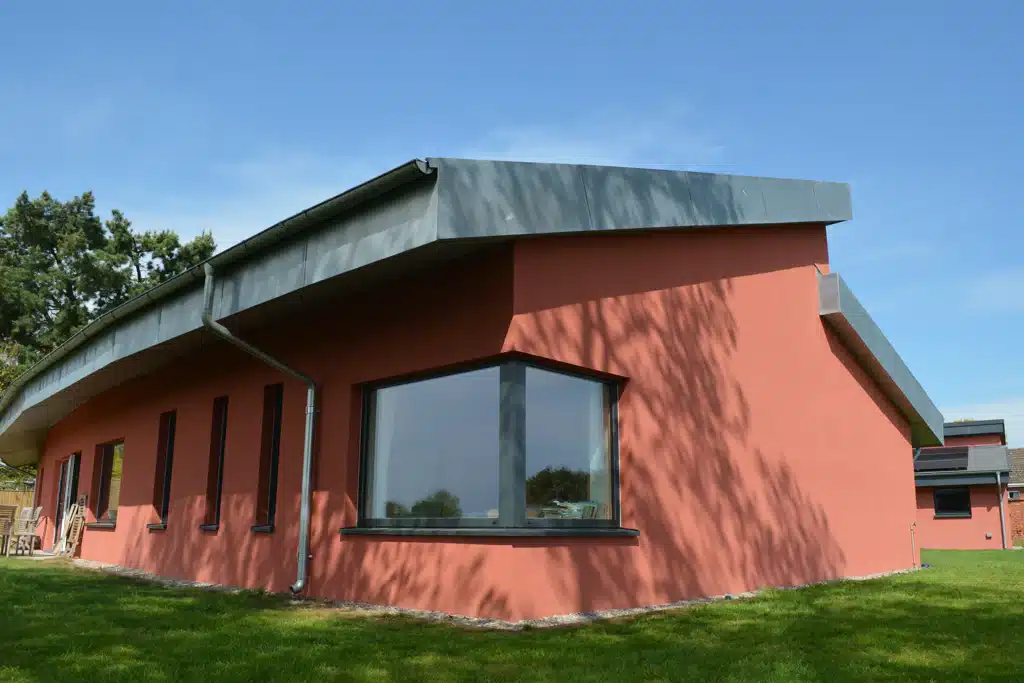SPECIFICATION GENERATOR
Find out which low impact materials are right for your building project.
What are the best insulation materials for a Passivhaus?
Find out more about the passive house standard of building.

This is a question we find a lot of our customers asking, especially after having walked around a trade show. There are, of course, many different ways to build to the Passivhaus standard and many types of insulation but from my experience some are better than others.
There has been a rush from manufacturers of insulation materials to design buildings to achieve the thermal and airtightness requirements of Passivhaus. However, many of them are very lightweight and ignore the fundamentals of what makes a comfortable building with a pleasant internal environment.
The thermal mass contained in a building (on the inside of the insulation layer) makes a significant difference to how the building behaves when heat is either captured (from sunlight coming through windows) or produced internally by cooking, tumble drying, vacuuming and from electrical devices. Some Passivhaus assessors dispute this as the assessment tool for Passivhaus, known as PHPP, takes account of some of this. However, it appears rather conservative on this area and occupants of the certified passivhaus buildings that are in existence in the UK mention over heating as one of their main concerns.
The same principles apply to Passivhaus buildings as any other in that a more thermally massive building will be more comfortable in our variable climate. Materials such as wood fibre insulation or Porotherm blocks (perforated clay blocks) have high mass, high specific heat capacity and store large quantities of heat. Standard masonry also works well although it does release heat rather quicker and so less effective at storing heat. These thermally massive materials and systems absorb internal heat gains and help buffer internal temperatures changes, making for a more comfortable environment.
High performance (having very low thermal conductivity) and lightweight insulation is not necessarily a problem in high performance buildings but you are more reliant on an environmental system (heating/air conditioning) to regulate temperatures. Again, this is perfectly possible but the whole point of building at this high standard is that you reduce your energy consumption by not relying on energy consuming equipment so much. When you build at this level of insulation you can really see how much heat we produce, both from appliances and from simple chores like vacuuming.
One final point is about simplicity. The more simple the design is the easier it is to build and the more likely you are to achieve your targets. Another benefit of using natural materials like wood fibre insulation is that you can build simple, solid, unventilated structures without any concern about moisture. Here is one of our most popular and simple timber frame designs. It is a slender wall and roof but has low U-values, inherently low thermal bridging, very good air tightness and is arguably the most simple way to build with timber frame. In addition to this it creates very quiet, comfortable buildings that are very resistant to overheating.
So, when you are deciding on what sort of materials and systems to use in your Passivhaus building just remember, simplicity is the key.
Please click HERE to download some of our most popular construction drawings